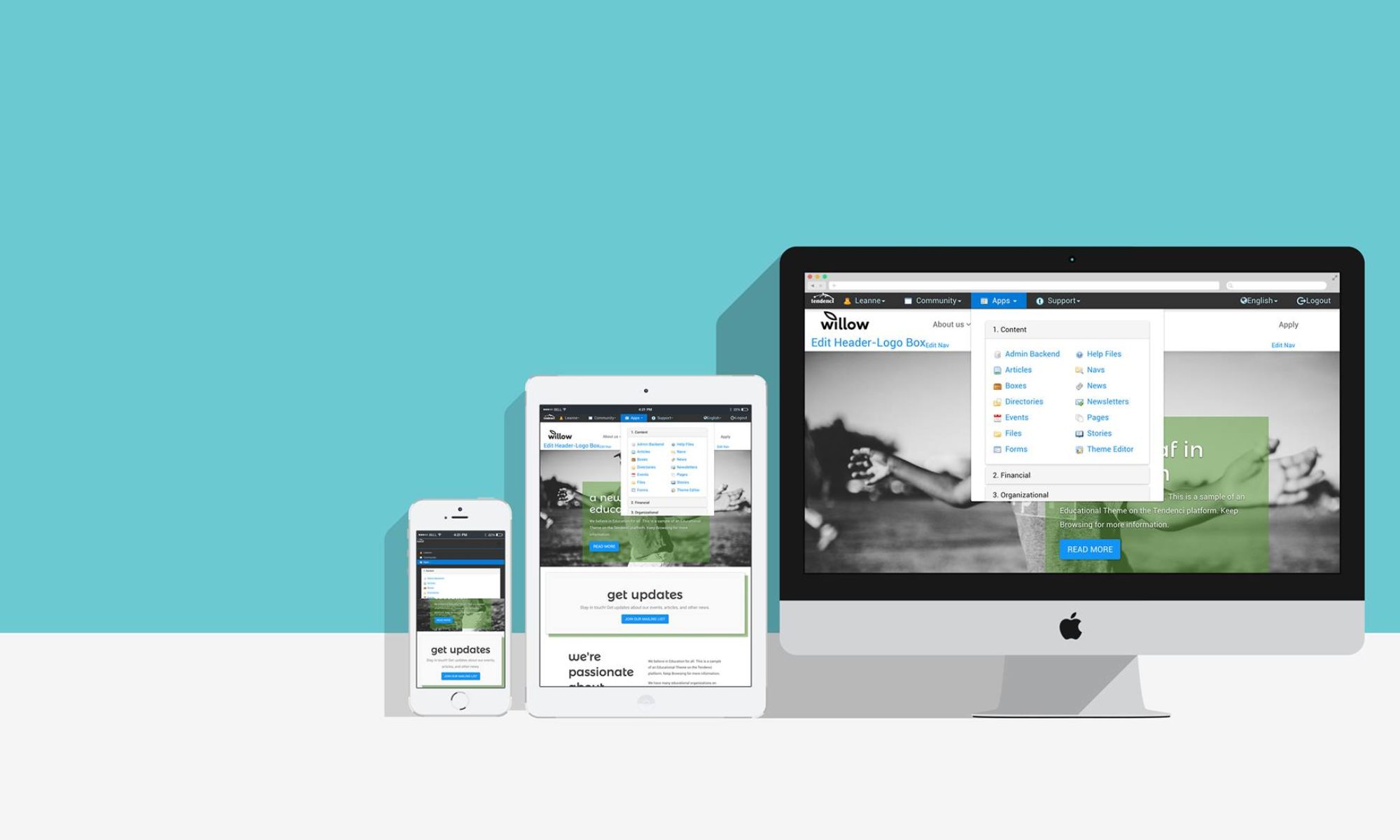Rather than redirect your visitors off of your Facebook page in order to collect a donation, you can now collect a donation on your Facebook page.

Currently it’s available to only a select few.
Charities with a donation button as of December 22 2013
All Non-Profit organizations should take advantage of this opportunity, no matter what your size or how long your organization has existed. In fact, non-profits benefit more if the purchase is made through Facebook, mostly because 100% of the transaction is transferred. Facebook covers the convenience fee that most traditional payment gateways require.
You can sign up for the Facebook Donate button now, but this does not guarantee that you will be accepted.
Once a visitor donates to your organization, their credit card information will be recorded as well as the item that they purchased. It is possible to remove your payment method information from Facebook but it does require some extra clicking.
Donations are currently limited to users located in the United States with their preferred currency set to the US dollar.
All visitors will receive a receipt to their primary Facebook email address which include information in regards to tax deductions.
Collecting credit card information is the goal. Removing the friction and focusing on incentives is the strategy. Amazon One-Click purchases, Apple’s iPhone TouchID, and Google Wallet are some of the other services in this race.
So what does this mean for the traditional website? Is it necessary? One might evaluate the value that can be provided by a traditional website vs a Facebook page.
Once again it is very important to recognize that a Facebook page and traditional website are not mutually exclusive; you can have both. As I stated earlier; you should take advantage assuming your customers pay with the US dollar.
I like to think that it’s less a matter of if you’re going to want a website and more of a question of when you’re going to need a website. If you’re just getting started, then I would start with a Facebook page first. It’s quick, it’s easy, it covers the basics and it’s free.
The basic needs of a non-profit organization are awareness and an avenue in which to donate. Facebook gives that to you. Once you’ve grown large enough, now you can start to consider more robust events, more reporting, and access to your member data.
Currently, I don’t believe there is an easy way to export member data but I could be mistaken. If your non-profit is a smaller version of a parent non-profit then you might require access to export your member data in order to share it with your network.
You might also want to offer more to your members such as discounts on events, job postings, or resume listings. Or maybe you want your own domain where you have more control over your organizations brand. A place that offers a subscription service; allowing you to more easily get into the inbox of your members. You might just be looking to collect more information via a custom form.
In summary, a Facebook page with it’s new donate button is a great place to start and is also a great extra resource to leverage once your website requires more features.
This blog post is intended to get you started. If you have more insight I would love to hear it. Thank you in advance.








